Houseplant Pests Are Creeping Indoors Right Now, So Act Fast! Here’s How to Stop the November Bug Invasion
The biggest threat to houseplants isn't the cold, it's the unseen hitchhikers seeking shelter from the cold. November houseplant pests spread quickly, so follow our proactive plan

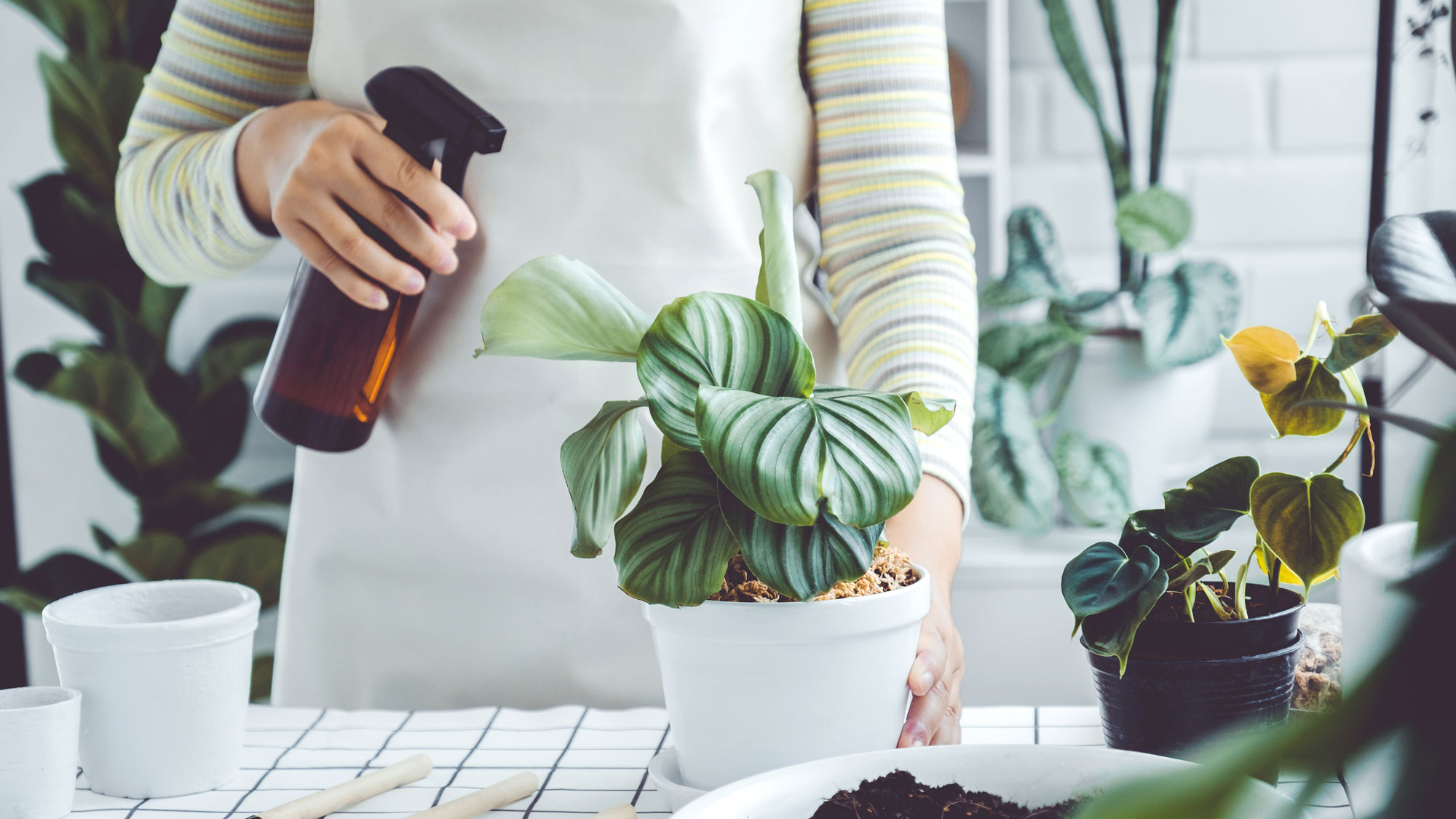
It happens every year, without fail. When November shows up, so do the houseplant pests. November houseplant pests can slide in without notice, nestled in foliage, compost and even pot lids, all just biding their time. As temperatures drop outside, they are looking to ride in on the porch ferns, tucked under leaves or buried low in the soil, waiting for that first hit of warm air. You don’t always notice right away, but they do. Once they’re in, they settle fast. If that sounds unsettling, now’s your chance to catch those invaders in their tracks – and keep your houseplants safe.
Your November houseplant pest control plan is reassuringly simple, as long as you’re willing to use it with every plant that comes indoors now. Where you have had plants outside and are moving them back in, be on the lookout for the most common garden pests and act fast. A quick check before bringing plants indoors can stop most pests right there. Some well timed and thorough pest controls can make all the difference. Use these clear steps, from initial inspection to environmental control, to ensure your home remains a no-fly zone for common houseplant bugs in winter.
Why Pests Move Indoors Now
The big reason plant pests want to come indoors is the temperature drop. When frost hits, bugs run for cover. A 70°F (21°C) living room feels like a holiday resort to aphids and whiteflies. Most enter on infested plants or through open windows and vents. If you want to protect plants from frost outside, you may well already be in the process of bringing some of your favorites under cover into cosier quarters.
In November plants on houseplants will be saddling up for a season of more regular, reliable conditions – perfect for feeding and breeding. Aphids continue reproducing once inside where it’s warm, often multiplying quickly in steady indoor temperatures. Whiteflies are also drawn to bright windows and can slip through screens. It only takes one infested plant to potentially start a colony. Many insects sense the warmth and light through glass at night, migrating toward it much like moths to a porch bulb.
Plants placed near heaters or in bathrooms can turn into pest havens. Damp soil and still air let houseplant pests multiply fast. Fungus gnats, in particular, thrive in soggy potting mix. A single female can lay 250-300 eggs in moist topsoil over 10 days, and larvae hatch within 3–4 days, feeding on decaying matter and roots for two weeks. Spider mites prefer warm, dry air, and low humidity (below 40%) helps them spread. Overwatering creates perfect stressed conditions for gnats and mealybugs.
So it’s important to act fast to stay ahead of the pack. Here are the key foundational steps every plant parent must take in November to keep collections safe and treat affected plants instantly, so your indoor garden stays happy and healthy in winter.
Essential Pest Control Steps
As the weather cools, common outdoor pests seek warmth indoors and are looking to hitch a ride on your plants. Whether you have just bought a new plant or you are bringing houseplants back indoors after a summer break in the garden, this action plan is for you. These easy steps can help to save you from one of the biggest causes of fall seasonal stress for houseplants. Tackle the problem head on now, so you can ensure your plants stay healthy, happy and bug-free through the depths of winter into spring.
Sign up for the Gardening Know How newsletter today and receive a free copy of our e-book "How to Grow Delicious Tomatoes".
1. Inspect Plants
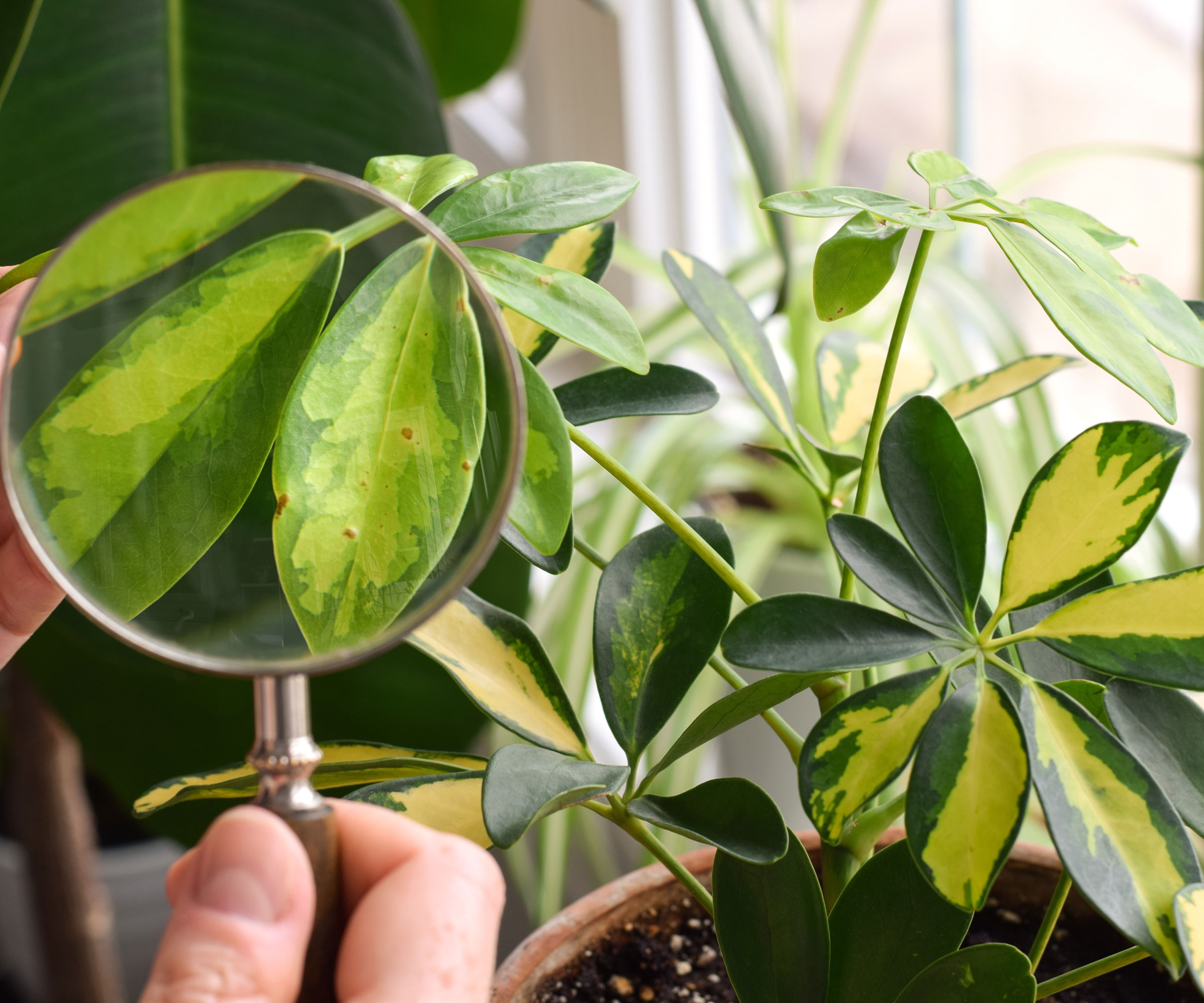
Inspecting plants first helps you stop overwintering bugs and emerging pests at the gate. Do this before bringing them indoors. Commit yourself to the idea of spotting damage early and thoroughly – with every plant that is about to come into the home now. Hold leaves up to light, as tiny crawlers show up as moving specks.
Flip every leaf, and check for fine webs and yellow stippling under leaves, which are signs of spider mites. Hose plants down hard outside with a strong jet of water. Check stems and pot rims, and use the Loupes 10x Glass Magnifier Hand Lens from Amazon to spot eggs on the undersides. Also, inspect the soil surface for whitefly pupae.
2. Quarantine Plants
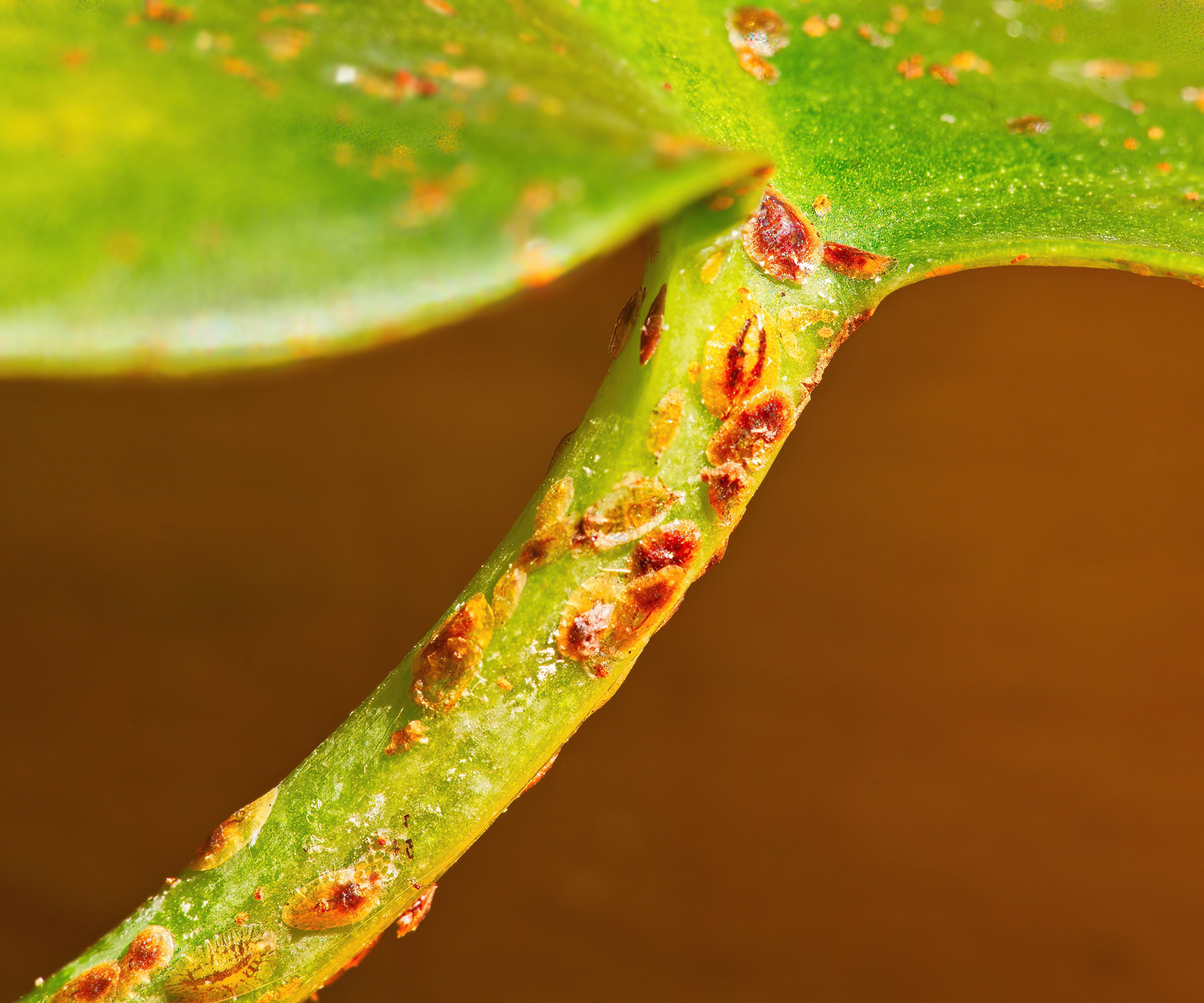
A period of quarantine allows you to isolate problems to better deal with them before introducing the new or outdoor plant (and any hitchhikers) to the wider plant group indoors. Keep them separate from other plants for 2-4 weeks. Four weeks covers a wider range of common pest life cycles (like whiteflies and scale) for greater confidence. Watch closely for any signs of movement or change, then treat any identified issues before they join your main collection.
For instance, scale appears as brown, hard bumps on stems. Fungus gnats swarm when watering, and their larvae chew roots. Place quarantined plants in a spare room or garage with light. Use grow lights to compensate for reduced light levels. I recommend a quantum board grow light. Try the FarmLite Grow Lite for Indoor Plants, available from Amazon, to regulate light in quarantine. Check daily on the undersides of leaves.
3. Clean Leaves

Wipe dust off with a wet rag, as pests love to hide in it. Nuanchu Wipes from Amazon can help remove problematic microbes. Look for aphids bunched on new tips (leaving a sticky mess and curled leaves) or mealybugs that look like white fluff in leaf joints. Snip dead or yellow leaves clean. Use alcohol-dipped scissors to sterilize between cuts. Remember, healthier leaves are less susceptible to pest invasion.
It’s also important to spray for bugs on houseplants in November. You can easily make a diluted insecticidal soap solution or homemade diluted soap spray: Mix 1 tsp of mild dish soap in 1 quart (1 L) of water. Always test on one leaf first. Rinse after 10 minutes. Mix a fresh solution each time, and wipe off any residue after rinsing to prevent soap film build-up. Apply every 5–7 days, and repeat until no pest signs show. If the infestation is severe, use a neem oil spray, as neem oil contains a natural insecticide and fungicide to disrupt pest growth and feeding. Use Bonide Captain Jack’s Neem Oil Spray from Amazon for stubborn mites.
4. Avoid Overwatering

One of the biggest ways to stay on top of the November bug infestation involves watering. Make sure you let the top inch (2.5cm) of soil dry out before watering. Dump water from saucers after 30 minutes. Watering houseplants lightly is a wise idea, as plants start slowing down in fall. Run a small fan to keep air moving and reduce stagnant humidity, which is favored by pests like fungus gnats. If overwatering is an issue, you may spot an initial earthy smell which then turns sour.
Use a Moisture Meter like this 4-in-1 Meter from Amazon to avoid guesswork. These types of meters are multifunctional and really easy to use, allowing you to get a broad and comprehensive read on other elements of plant health, including pH levels and nutrient load in the soil. It’s also a good idea to group plants by their specific needs. For example, keep succulents away from humidity-loving ferns.
Pest Control Toolkit
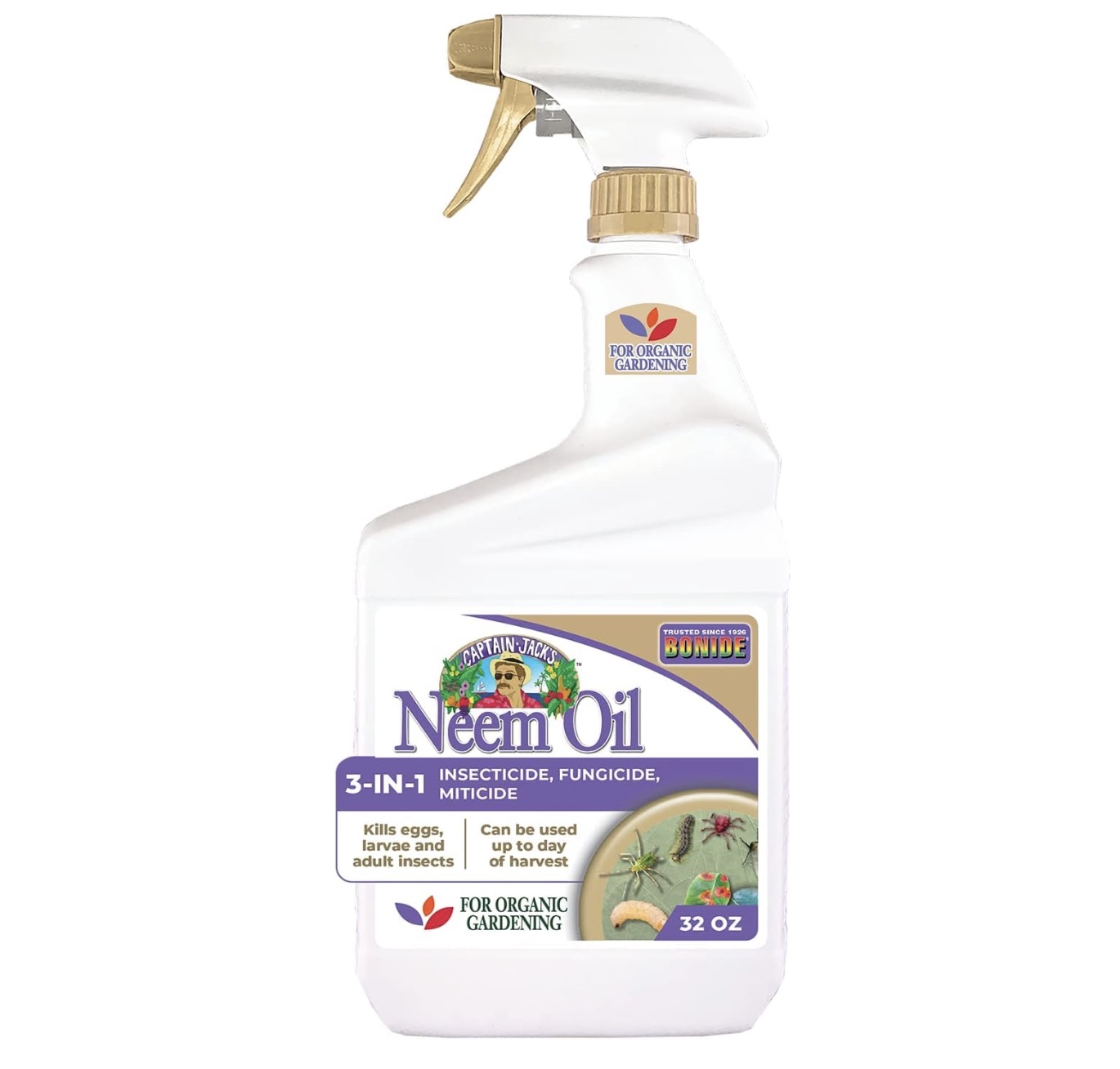
This highly rated insecticide and fungicide is ready to use, so you don't have to worry about preparing fresh solutions each time you treat plants. Spray houseplants in the sink and coat both sides. Repeat every 5–7 days. Great for stubborn mites, tough on mildew, but gentle on your plant babies.

An effective pest control and an organic way to create an extra protective barrier. Before application, treat the soil by pouring in a hydrogen peroxide mix (1 part 3% to 4 parts water) to kill gnat larvae, add a layer of sand to stop eggs, then add this. A thin layer on the soil surface is an excellent physical control for larval fungal gnats.
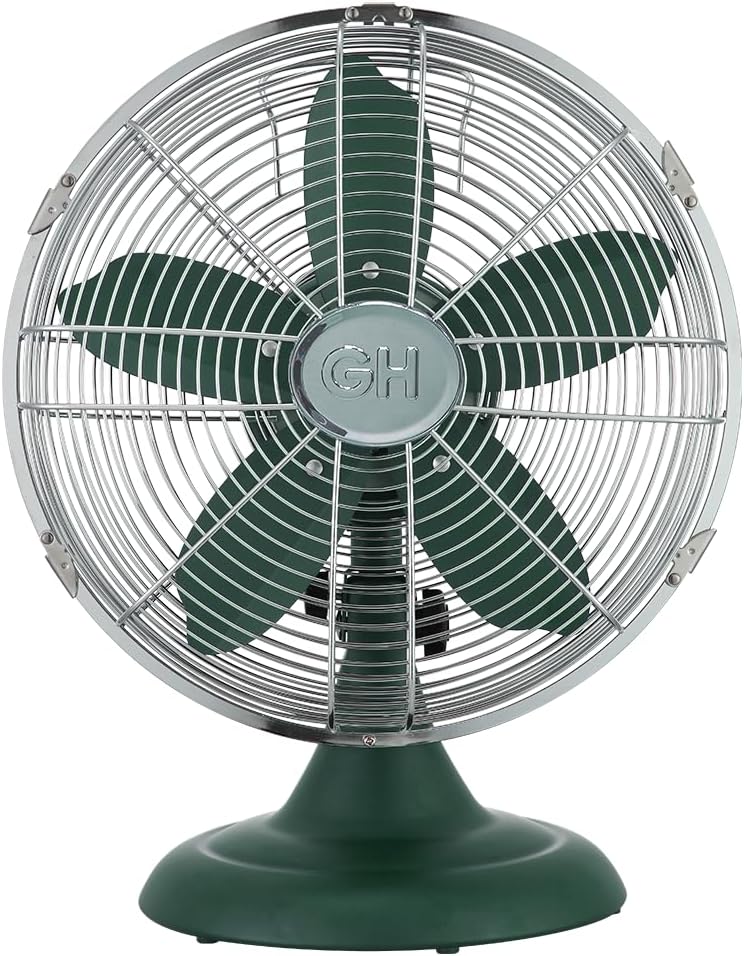
A small fan can make a big difference to airflow, and reduce fungal infections. The Good Housekeeping 92617 Retro Fan has three speed settings and the GKH team loves the evergreen color (other colors are available, too).
Long-Term Houseplant Pest Prevention
Knowing how to get rid of bugs in houseplants is half the battle, but you need to keep on top of it. Getting rid of November pests involves weekly inspections that you can maintain after this initial action plan. Remember, every plant that enters the home will need this hardline approach if you want to target, isolate and reduce the risks. Dry soil helps and so does air that moves, not sits. Check leaves weekly, give good light, and use grow lights if necessary. Regular, ongoing inspection (not just during quarantine) is the best defense against pests becoming established.
When spring arrives, repot your houseplants with fresh dirt. Strong plants don’t get bugs! During the growing season, feed monthly with balanced fertilizer such as Burpee Organic All Purpose Water Soluble Plant Food from Burpee to boost houseplant resistance to future bugs.
Need more ideas for timely gardening jobs and seasonal expert advice delivered straight to your inbox? Sign up for the free Gardening Know How Newsletter!

Tyler’s passion began with indoor gardening and deepened as he studied plant-fungi interactions in controlled settings. With a microbiology background focused on fungi, he’s spent over a decade solving tough and intricate gardening problems. After spinal injuries and brain surgery, Tyler’s approach to gardening changed. It became less about the hobby and more about recovery and adapting to physical limits. His growing success shows that disability doesn’t have to stop you from your goals.
- Janey GouldingContent Editor
- Amy DraissDigital Community Manager